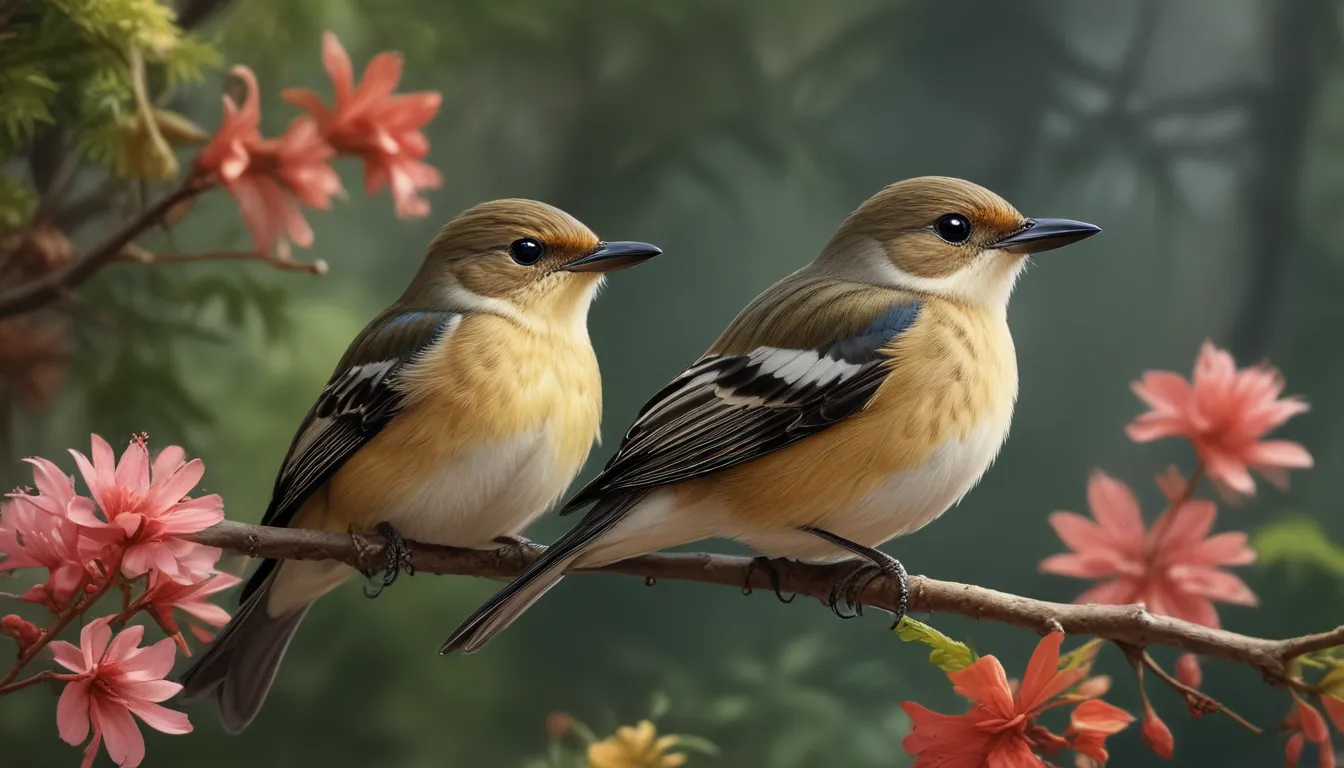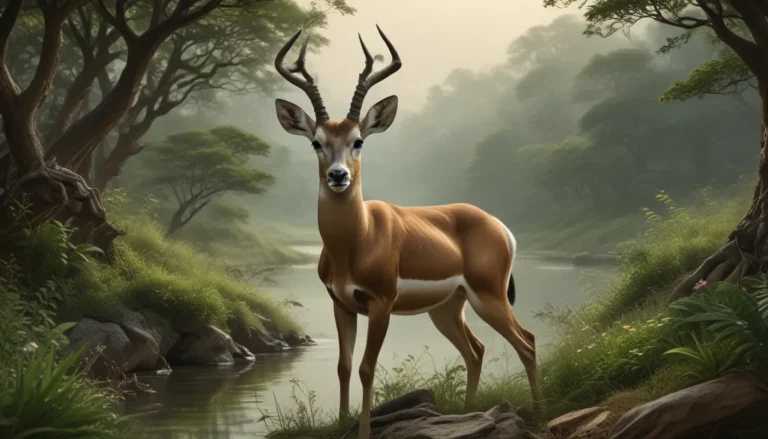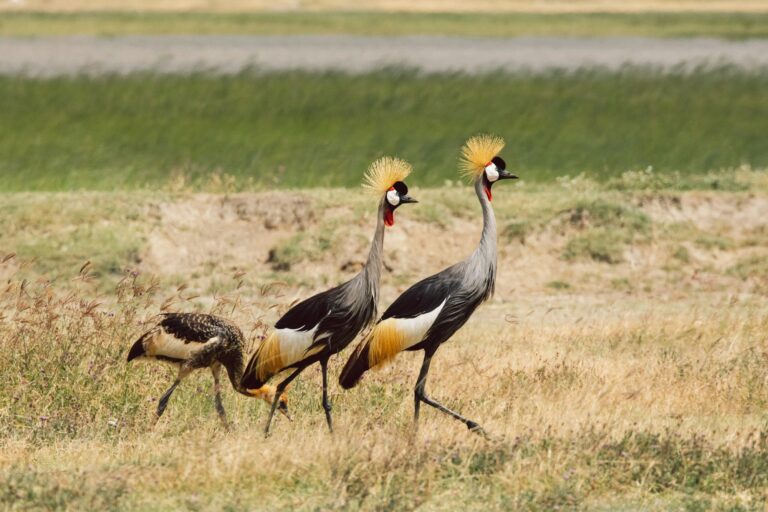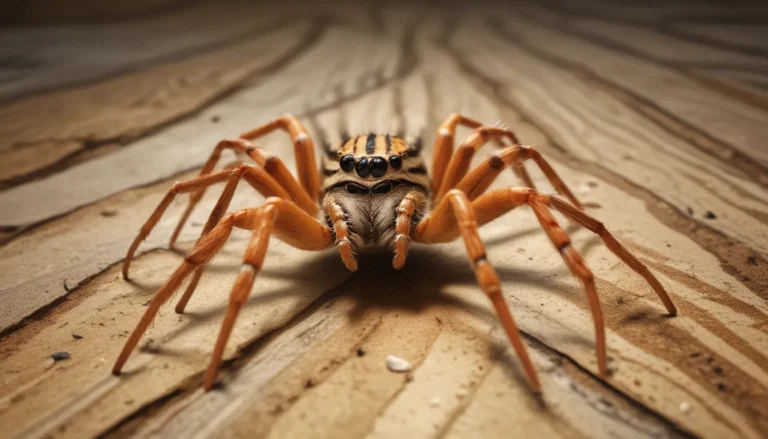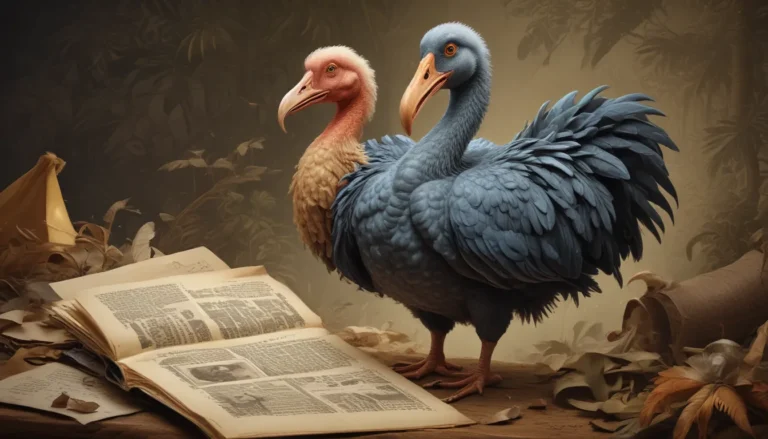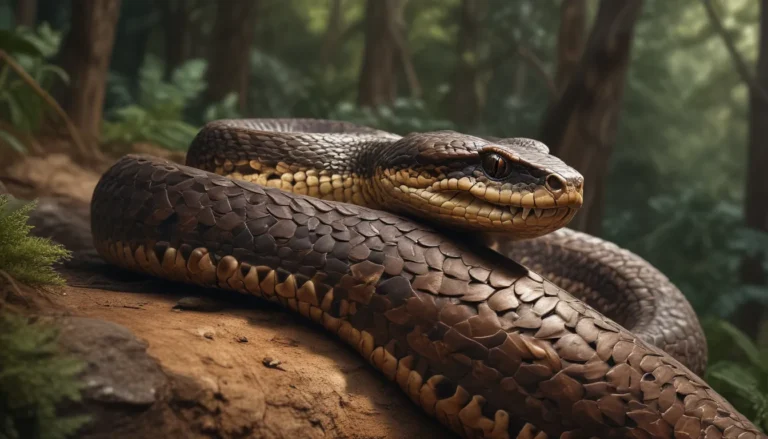The pictures we use in our articles might not show exactly what the words say. We choose these pictures to make you interested in reading more. The pictures work together with the words but don’t take their place. The words still tell you the important facts.
Flycatchers are a remarkable group of birds celebrated for their unique hunting techniques and charming vocalizations. With over 400 species scattered across the globe, these agile creatures play a vital role in maintaining ecosystem balance. From their diverse diet to their intricate nests, flycatchers have piqued the interest of bird enthusiasts and nature lovers alike. Join us on a journey as we uncover 20 intriguing facts about these feathered inhabitants of the avian kingdom.
Discovering the Enigmatic Flycatchers
Flycatchers belong to the Tyrannidae family and exhibit small to medium-sized bodies, typically ranging from 10 to 20 centimeters in length. Their exceptional vision and aerial agility allow them to catch insects on the wing, showcasing their remarkable feeding behavior known as "hawking."
Small Yet Mighty
- Flycatchers are small to medium-sized birds, ranging from 10 to 20 centimeters in length.
- They exhibit exceptional vision and agility, enabling them to catch insects mid-air with precision.
- With over 400 species worldwide, flycatchers can be found in various habitats, including forests, grasslands, and wetlands.
The Art of Feeding
- Flycatchers are known for their unique feeding technique called "hawking."
- They perch on branches, observing their surroundings, and swiftly fly out to catch insects mid-air before returning to their perches.
- These birds have excellent eyesight, spotting insects from a distance, and are highly agile flyers, making quick and precise movements to secure their prey.
Migrations and Melodious Songs
- Many flycatcher species undertake long-distance migrations, traveling thousands of kilometers each year to breeding and wintering grounds.
- Male flycatchers are celebrated for their melodious songs, using complex vocalizations to attract mates and establish territory.
- They build intricate nests using materials like moss, twigs, and feathers, providing safety and comfort for their eggs and nestlings.
The Role of Flycatchers in Ecosystems
Flycatchers play a crucial role in controlling insect populations, thereby contributing to ecosystem balance. These avian wonders help regulate pests like mosquitoes and flies, making them valuable contributors to the natural world.
Ecosystem Engineers
- Flycatchers help regulate populations of pests like mosquitoes and flies, maintaining the balance of ecosystems they inhabit.
- Their insect-catching abilities are essential for controlling insect populations, ensuring a healthy environment for all species.
- Some flycatcher species also consume small fruits and berries, depending on their habitat and food availability.
Courtship Displays and Territorial Behavior
- Certain flycatcher species perform elaborate courtship displays during the breeding season to attract females.
- They are territorial birds, vigorously defending their chosen territories against intruders through vocalizations and physical displays.
- Male flycatchers engage in intricate displays involving aerial acrobatics and vocalizations to woo potential mates.
Adaptations and Unique Characteristics
- Flycatchers exhibit a distinct beak shape, broad at the base and tapering to a point, allowing them to catch and hold insects securely.
- Some species of flycatchers are known for their distinctive crests, adding to their unique appearance.
- These birds have a rapid and direct flight style, swiftly changing direction mid-flight while pursuing prey with agility.
Conservation and Awareness
As admirers of nature and wildlife, it is essential to support flycatcher conservation efforts and contribute to preserving their natural habitats. By understanding their importance in ecosystems and raising awareness about their unique traits and behaviors, we can ensure the survival and thriving of these captivating birds for generations to come.
Preservation and Protection
- Most flycatcher species form monogamous pairs during the breeding season, working together to build nests and raise their young.
- Some species are cavity nesters, choosing to build nests in tree hollows or man-made structures like birdhouses.
- Flycatchers are often found near bodies of water, as these environments attract a high concentration of insects, providing suitable foraging grounds.
Engaging the Community
- By supporting local conservation organizations, learning about flycatcher habitats, and spreading awareness about the importance of biodiversity, we can contribute to their conservation.
- Flycatchers showcase a diverse range of plumage colors, aiding them in blending into their respective habitats and enhancing their survival.
- Each flycatcher species has its unique set of calls and vocalizations, allowing for communication and territory defense among individuals.
Conclusion: Embracing the Wonders of Flycatchers
In conclusion, flycatchers captivate us with their incredible abilities and diverse species, showcasing the beauty and complexity of the avian world. From their stunning plumage to their remarkable hunting skills, these birds continue to fascinate and inspire us. As we delve deeper into the realm of flycatchers, we uncover the rich tapestry of their lives, filled with unique traits and behaviors waiting to be explored. Whether you are a seasoned bird watcher or a curious nature enthusiast, the world of flycatchers offers a wealth of knowledge and awe-inspiring moments to cherish.
Glossary of Flycatcher Facts
- What is a flycatcher? A bird belonging to the Tyrannidae family known for catching insects while airborne.
- Where do flycatchers live? Flycatchers inhabit various habitats worldwide, including forests, woodlands, wetlands, and urban areas.
- How many species of flycatchers are there? There are over 400 species of flycatchers, each with unique characteristics and behaviors.
- What do flycatchers eat? Primarily insects like flies, mosquitoes, beetles, and other small invertebrates.
- Do flycatchers migrate? Yes, many flycatcher species undertake long migrations for breeding and wintering grounds.
- How do flycatchers catch insects? Utilizing a sit-and-wait hunting technique, perching and swiftly darting into the air to catch prey.
- Are flycatchers important for ecosystem balance? Yes, playing a crucial role in regulating insect populations and ecosystem health.
- Can flycatchers be kept as pets? It is not recommended to keep flycatchers as pets, respecting their natural habitats.
- Are flycatchers vocal? Many species have distinctive and melodious calls for communication and territorial defense.
- How can I support flycatcher conservation? By contributing to conservation organizations, learning about habitats, and spreading awareness of the importance of biodiversity.
Flycatchers embody the awe-inspiring beauty and resilience of nature, inviting us to cherish and protect these remarkable feathered friends. As we continue to explore and learn from the fascinating world of flycatchers, may we embrace the wonders of the avian kingdom and nurture our connection to the natural world. Together, let us stand as stewards of conservation, ensuring a brighter future for flycatchers and all living beings who share our planet's delicate ecosystem.
